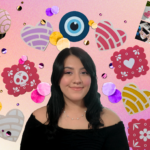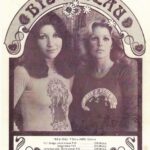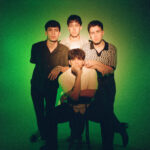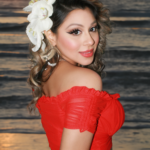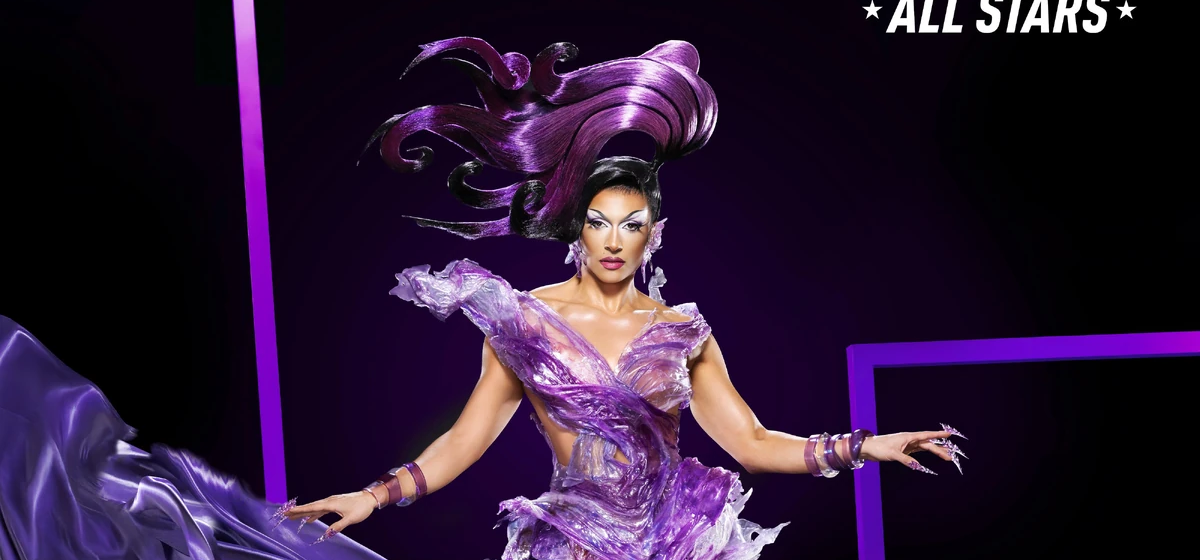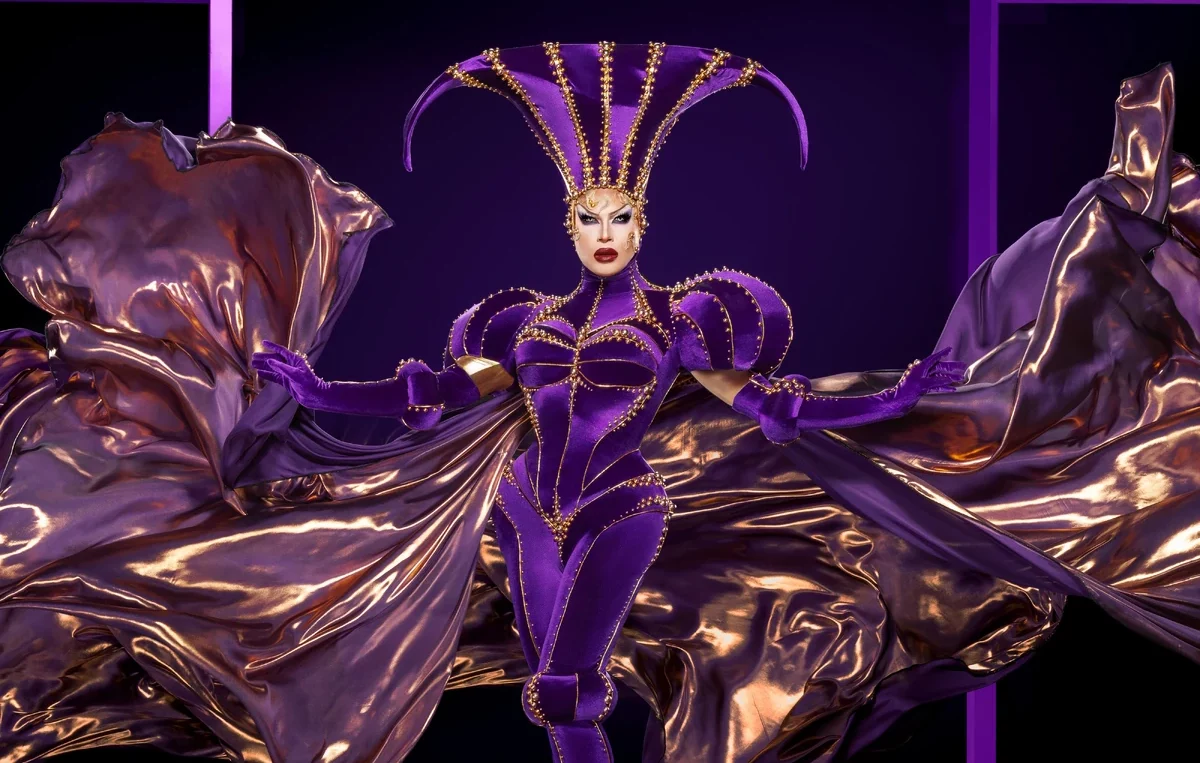We have all probably encountered genre fiction at some point in our lives. Genre fiction can be horror, fantasy, sci-fi, romance, etc. It is any literary work that focuses on plot and world-building, as well as adhering to the specific themes and archetypes expected of that genre. When it comes to genre fiction, sometimes this art form can be viewed as less prestigious work. Maybe there is a misconception that genre fiction is just mass-produced, entertaining content that cannot express a meaningful message. As someone passionate about fantasy and science fiction, I’m here to advocate for these two popular genres within the broader realm of genre fiction. I’m here to tell you why fantasy and sci-fi are more than just action-packed, quickly digested works to inhale and move on from with no lasting, impactful effect.
With fantasy, people tend to immediately think of canonized figures like J.R.R. Tolkien or C.S. Lewis. While these authors have certainly produced classics within the larger genre of fantasy, there are also subgenres to consider that such works don’t necessarily represent. MasterClass highlights and explains some of these subgenres, like dark fantasy or fables. The diversity of content within fantasy itself is just one plus to exploring this genre. Such a variety of themes is why fantasy in particular, “provides desperately needed escapism so [people] can endure the difficulties of everyday life.”
With a diverse set of subgenres comes a wide range of profound messages and topics that the fantasy genre tackles. For example, N.K. Jemisin’s award-winning The Broken Earth trilogy innovatively grapples with topics of oppression, world-ending climate disasters and more. For context, The Broken Earth trilogy takes place in a world where apocalyptic environmental catastrophes like colossal earthquakes repeatedly end the world as characters know it, forcing inhabitants to regularly start existence at square one. Readers follow the journey of protagonist Essun, one of the inhabitants of Jemisin’s world, as she navigates one of these apocalyptic catastrophes.
The Broken Earth trilogy is really more accurately described as science fantasy, which can be considered a medium between science fiction and fantasy where aspects of both distinct genres are present in the world Jemisin creates. I have personally read The Broken Earth trilogy and highly recommend it to anyone who wants to explore both science fiction and fantasy, and the ideas and visions that these genres have to offer.
Readers can also explore young adult fantasy, tales often centered around timeless struggles like coming-of-age and navigating love. One great example is Sabaa Tahir’s “An Ember in the Ashes,” the first book in a series that also discusses war, trauma and generational trauma. These are just a couple brief examples of the astounding works born within fantasy, and what they can offer us besides just entertainment. For a more comprehensive list, you can check out this piece by Time in which they list “the 100 best fantasy books of all time.” Of course, this list is debatable depending on personal opinions, but this is nevertheless a great place to explore the endless worlds the fantasy genre has to give.
Science fiction similarly tackles the problems of reality and questions that have long troubled humans. However, sci-fi engages with such topics in different ways than fantasy does. Science fiction stories “are set in the future, and deal with the consequences of technological and scientific advances.”
Science fiction as a whole creates imagined futures that offer new perspectives on very real problems. One example is the works of the sci-fi great, Ursula K. Le Guin. In “The Word for World is Forest,” a personal favorite of mine, Le Guin imagines a galactic future in which the Terrans (Earth’s inhabitants) colonize entire planets. This work also grapples with other issues like environmental destruction. As such, despite sci-fi (and fantasy) works taking place in imagined times and spaces, this genre fiction is explicitly calling attention to histories, realities and all the unresolved problems within both.
There are, of course, other great sci-fi works that exemplify the above. There is Margaret Atwood’s dystopian story, “The Handmaid’s Tale,” which takes place in the Republic of Gilead, the future version of the U.S. In this dystopia, women have been stripped of all their rights. The handmaids are women forced into sexual servitude because they have fertility in a world with progressively declining birth rates. Atwood’s work is no less relevant to our present day, where the fight against gender inequality persists.
There is also Frank Herbert’s sci-fi epic, “Dune.” Herbert doesn’t just world-build; he universe-builds an entire, intricate web of planets where economic domination and the exploitation of natural resources is rife. This is evident in the events that happen on Arrakis, the desert planet at the heart of “Dune.” Arrakis has long been exploited for its valuable spice, melange, which dynasties from other planets have sought to control.
The list of extraordinary sci-fi stories is endless, but these works in particular call to mind how oftentimes great genre fiction, specifically great fantasy and sci-fi like “The Lord of the Rings,” are adapted into exceptional films as well. This interconnectedness and intersectionality of art and media forms within fantasy and sci-fi is another reason why these genre fictions are so great. They create community and connection, which in turn generates more engagement with all the profound issues and messages that both genres weave into their imagined worlds.
In the wise words of N.K. Jemisin, “Don’t think of fantasy,” or science fiction for that matter, “as mere entertainment, then, but as a way to train for reality. It always has been, after all.” So, next time you pick up a fantasy or sci-fi work or watch something from these genres, appreciate not only the imagination and amusement of these stories, but also the unique perspectives and meaningful conversations that come along with said entertainment and escapism.
Sources:
N.K. Jemisin: https://nkjemisin.com/series/the-broken-earth/
Wikipedia: https://en.wikipedia.org/wiki/Science_fantasy
Sabaa Tahir: https://sabaatahir.com/
TIME: https://time.com/collection/100-best-fantasy-books/
Ursula K. Le Guin: https://www.ursulakleguin.com/
Ursula K. Le Guin: https://www.ursulakleguin.com/the-word-for-world-is-forest
GoodReads: https://www.goodreads.com/book/show/38447.The_Handmaid_s_Tale
Dune Novels: https://dunenovels.com/dune/
TIME: https://time.com/collection/100-best-fantasy-books/5898000/nk-jemisin-fantasy-novels/

